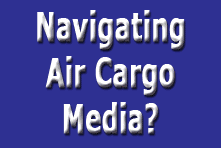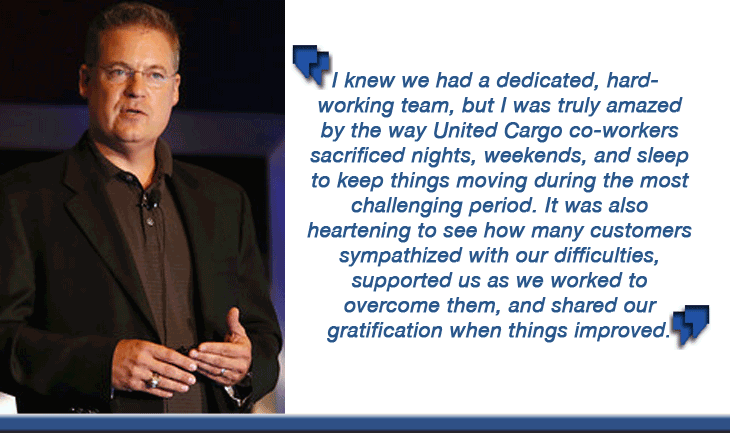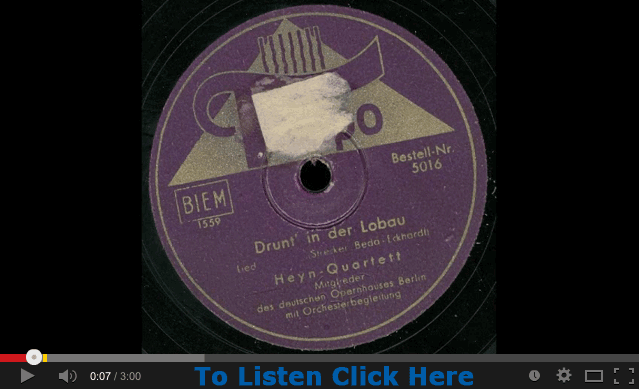
Put yourself in this picture. “Mom & Pop” forwarder
Julian Keeling and wife Amy put themselves into Los Angeles-based Consolidators
International, but every once in a while have time to find a little pad
together in paradise.
  any
small- to mid-sized freight forwarders are not generally portrayed as
“Mom & Pop” operations, but they share many of the attributes
of small businesses competing in a very tough economic climate. any
small- to mid-sized freight forwarders are not generally portrayed as
“Mom & Pop” operations, but they share many of the attributes
of small businesses competing in a very tough economic climate.

The “Mom & Pop” forwarder,
like other small businessmen and women, must wear many hats.
He must be resourceful, flexible, willing
to travel the proverbial extra mile to please his customer.
He or she must blend superior personal attention
to a customer with integrated technology to provide a seamless level of
service.
He must have experience and knowledge of
the markets he serves.
He must be willing to forget the nine to
five workday; to spend as many hours as needed to move freight for a customer
reliably, safely, on time, and with no hassles.
He must know his customer’s business,
not in a superficial way, but almost as well as his own.
And he must be alert to the changes in his
customer’s business.

Despite all the talk in the cargo industry
that no place exists for the small- to mid-sized forwarder, “Mom
& Pop” forwarders are not fading into the sunset—quite
the contrary.
Their numbers are increasing, not declining.
Small- to mid-sized forwarders now make up about 70 percent of the cargo
market, with a record 10,000 plying their trade from Mumbai to Marseilles.
Somewhat surprisingly, the big multi-national’s
share of the $1 trillion international market remains stagnant, at about
30 percent—in spite of claims they will dominate the cargo market.
“Mom & Pop” forwarders not only are increasing in number;
many are flourishing despite a harsh global economic climate.

One of the most interesting “Mom &
Pop” forwarders is Consolidators International (CII), based in Los
Angeles.
The company will reach its maturity next
year at 21 years of age.
While still considered a “Mom &
Pop” operation by its founder and chief executive officer, Julian
Keeling, it is hardly a shoestring operation.
The company has grown from a one-room office
with two employees in 1993, to a current staff of thirty occupying the
entire original building.
From a single facility in Los Angeles, CII
now has company owned and operated offices at JFK, in Atlanta, Houston,
and Chicago.
“Despite our growth, CII retains its
‘mom & pop’ spirit,” says CEO Keeling.
“We never forget our roots as a small,
scrappy company fighting for every scrap of business,” continued
Keeling.
“When we opened our doors for business
on a hot summer day in Los Angeles, I wrote a mission statement.
“It said, in part, ‘the customer
is not part of the air freight business—he is the air freight business.’
“We still live by that motto today,”
affirmed the CII head.

Consolidators International is both a typical
freight forwarder and an atypical one—typical in that it provides
all the services of a traditional freight forwarder, and atypical in that
the company will take on jobs that other forwarders shun.
Jobs that other forwarders find too difficult,
complicated, require specialized knowledge and expertise, or simply take
too much time/effort to complete are picked up by Consolidators International.
Many forwarders, even the largest ones,
will ask CII to handle their shipments
A wide assortment of freight passes through
CII’s warehouse near LAX. Radioactive material bound for New Zealand,
helicopters needed for Russia’s oil industry in Siberia, a clown’s
costume for a traveling circus playing in Samoa—these are some of
the wide variety of shipments CII handles in almost routine fashion.

Although the forwarder started as an air
freight company, CII soon expanded into other delivery modes. Explains
Keeling, “While our growth was consistent and solid, we found moving
cargo only by air was too limited. Air freight’s share of the international
transport pie was only about four percent.
That small percentage has remained the same
for the last 25 years.
Ocean cargo by far is the dominant mode
of global transport today,” said Keeling.
Keeling and his staff carefully studied
the ocean shipping industry before dipping their toes into the business.
“We looked before we leaped,”
emphasized the CII head. “Results have exceeded expectations.
“Ocean shipping, from a zero base
ten years ago, now accounts for 40 percent of CII business.”
The forwarder specializes in two types of
ocean shipping: NVOs, where CII acts as a catalyst between customer and
steamship line, and the “break bulk” trade, which specializes
in heavyweight cargo that cannot fit into a 20- or 40-foot container.
“Both kinds of freight are the fastest
growing segments in ocean shipping,” averred Keeling.
“We have generated an increasing share
of this business year after year.” Keeling pointed to a successful
shipment of an entire brewery from Stockton, CA, to Australia as an example
of CII’s expertise in break bulk.

CII has also been developing “niche”
businesses; geographic and commercial sectors that big, multi-national
forwarders either believed were not worth the effort or simply did not
grasp their potential.
“American Samoa, a U.S. territory
in the South Pacific, is a perfect example of a niche market that other
forwarders neglected.
“We believed the Island had great
potential for new cargo business,” said Keeling.
“We went beyond just moving freight,
however. CII became a Good Samaritan, active in Samoa’s sports culture
and educational system, supplying goods and services at no cost to a population
that is largely disadvantaged.
“Both the Samoan government and the
business community responded with enthusiasm and appreciation of our efforts.
Within a few years, CII was generating 80 percent of all air freight into
Samoa from the U.S. and a high percentage of its ocean cargo.”

All businesses must evolve if they wish
to survive. CII was no exception.
The company formed a division, Corrigan’s
Express, with the belief that “small is beautiful.”
Borrowing a phrase from the high fashion
industry, Corrigan’s Express was designated as a “boutique”
forwarder.
It stressed exceptional personal service
to the individual shipper.
Its staff consists of eight people who think
nothing of working around the clock to satisfy a customer’s cargo.
Recently, a call came in from Australia
at 1 AM to send mining equipment immediately. Vital equipment had broken
down in the mine, located in Australia’s Outback, and production
had stopped.
By 5 AM, arrangements had been made for
shipment of replacement equipment to be delivered to the stricken mine.
Corrigan’s supervised the entire effort.
“We didn’t fully realize how
important careful, personal service is even in our hi-tech age,”
stated Keeling.
“Ronen Donde, who heads up Corrigan’s
and is also President of CII, has done a fantastic job in creating a fast
growing business with a clearly defined philosophy in just a few short
years.”

Keeling also eyed the lucrative business
of moving cargo for the entertainment industry. It is a highly specialized
niche in the cargo business.
Keeling believed he had the personnel and
worldwide contacts to make another niche business successful.
CII has struck the right note with Backstage
Cargo.
The forwarder has moved entire film sets
to Eastern Europe and concert equipment for venues throughout Asia.
CII handled the equipment for Whitney Houston’s
last worldwide tour.
“While Backstage Cargo is not a major
contributor to CII revenues, it is solidly profitable. It also provides
a touch of glamour to an essentially gritty business,” affirmed
the cargo executive.

Consolidators International literally became
a “Mom & Pop” forwarder when wife Amy recently joined
the company as credit and accounts manager.
“Amy is a great addition to our staff.
“If you can’t trust the books
to your wife, whom can you trust?” asks Keeling.
With two decades of growth behind it, and
a current, smoothly functioning operation guided by an experienced and
knowledgeable staff, Keeling expects even greater expansion in the years
ahead.
“You don’t have to be a Wal-Mart
or a Target to be successful,” concluded Keeling.
Shura
|







